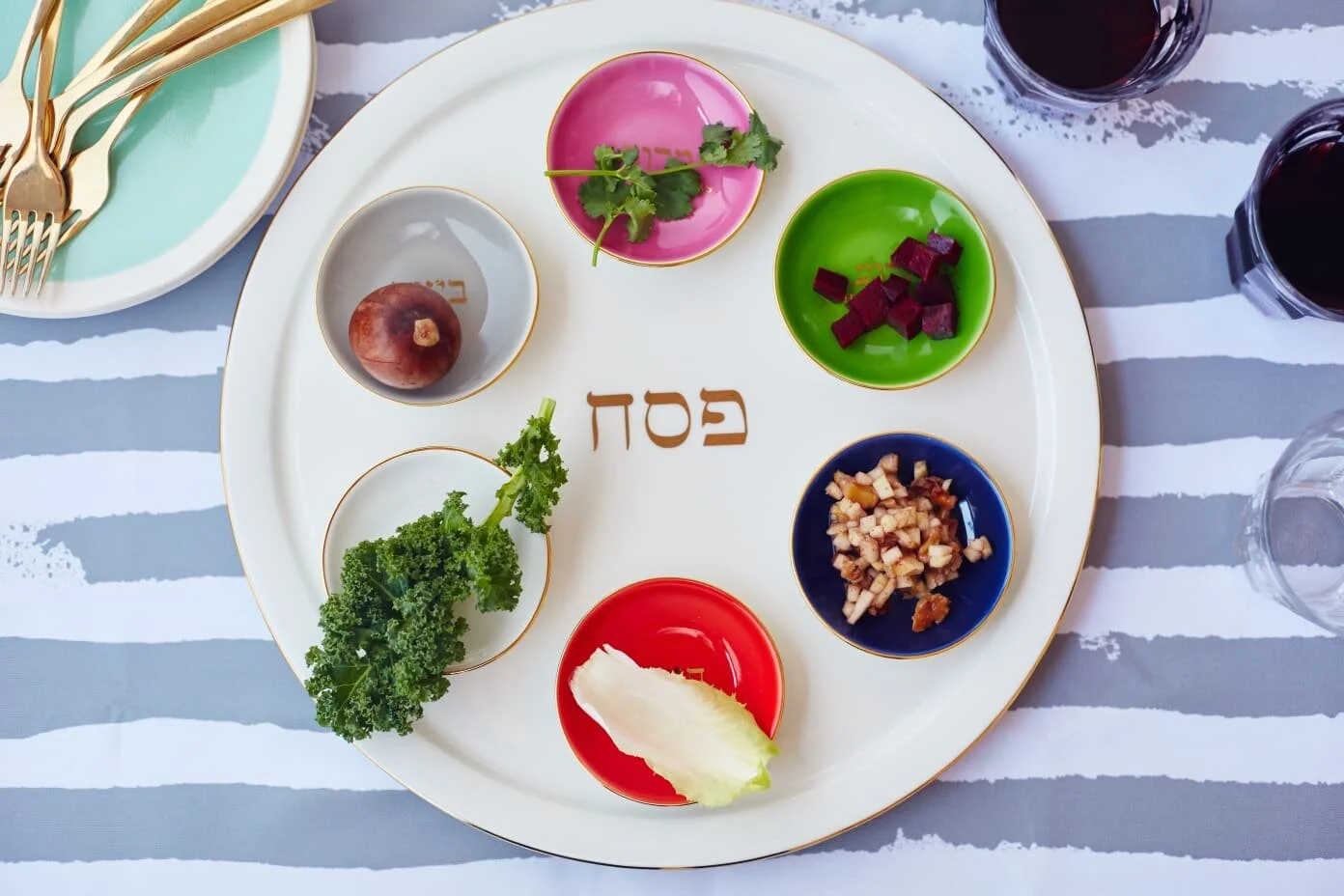Yesterday was the first night of Passover, an eight-day celebration commemorating the Jews’ deliverance from slavery in Egypt. This year, Passover runs through sunset on April 4.
Because it was originally prepared on the eve of the Exodus, the Passover meal did not include labor-intensive items such as bread, which required time to rise. Hence the use of unleavened matzo.
Through the centuries, animals and animal by-products have figured prominently in traditional Passover Seders. It is also true that some observant modern-day followers are turning to vegan options in their combined quest for animal rights and enhanced health.
Let’s review the six items included on the traditional Seder Plate, understand the historical significance of each and then explore animal-free alternatives. Note that not all items have animal derivatives.
Maror, a bitter herb, is reminiscent of slavery’s bitterness and is symbolized by horseradish (red or white) or the whole herb. Rabbis have noted in the Mishnah that cilantro is an appropriate substitute, though some palates find it disagreeable. Celery might be less controversial.
Z’roa, the lamb shank, represents the sacrificial lamb and is not meant for consumption. A whole or cut-up roasted beet provides symbolic sacrifice without actual bloodshed.
Charoset resembles mortar. When placed on or in between pieces of matzo, it becomes emblematic of the mortar and bricks made by the enslaved Jews. Ashkenazi (Eastern European) Jews often make it with apples, walnuts, and wine. Sephardic (Mediterranean) Jews use figs and dates, which are more common than apples in that region. Some prefer to sweeten the mixture with honey instead of sugar. Agave syrup brings Charoset into the vegan age.
Chazeret, a second symbolic bitter herb, can be represented by a piece of Romaine lettuce containing both the crown and the stem. Chazeret is representative of slavery’s “soft” beginnings and “hard” bitter end. Endives reportedly have the same affect.
Karpas, is a symbol of spring and new beginnings as represented by parsley or boiled potatoes. These items can also symbolize the thriving of Israelites during their first years in Egypt. Kale is another possibility, if you’ve polled your guests. Either option may be dipped into salt water as a reminder of the tears shed by enslaved Jews.
Beitzah, a roasted, hard-boiled egg, is said to have several representations including the eternal mourning for the loss of the Holy Temple, sacrificial offerings, the cycle of life, regeneration and hope for a better future. Non-edible vegan alternates include an avocado pit, wooden egg or flower; consider white eggplant or seeds as edible stand-ins.
The first and second nights are considered to be the most important in the celebration. However, many adherents use the entire span of the festival to reflect on freedoms won — and to consider ways in which they may still be enslaved.
Some have chosen to free animals completely from their gustatory celebrations.
Beets over lamb shanks is a start.
Click here for more about vegan Seder plates.

